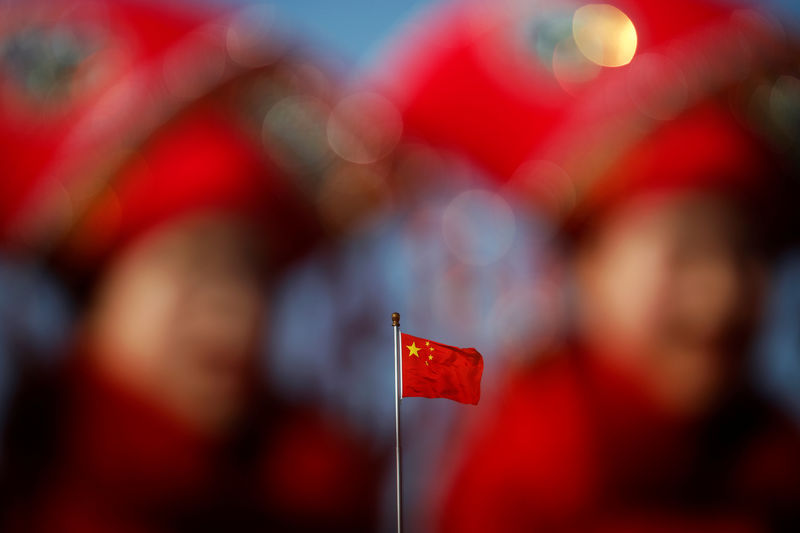Starting from the last decade of the past century, China experienced a dramatic economic growth and poverty reduction. The exponential growth of GDP from around 360 billion current US dollar in 1990 up to more than 11 trillion in 2016 came with a reduction of poverty unprecedented in its speed and scale. The real per capita income increased 16 times between 1978 and 2014, and real output per worker increased by a factor of 12. Inequality has also been steadily declining since 2008, combined with a rapid growth in consumption by poorer households. The extreme poverty rate, based on the international PPP US $1.90 per day poverty line fell from 88.3 percent in 1981 to 1.9 percent in 2013 and was expected to fall below one percent in 2018. Another poverty line (PPP US$3.10 per day) characterizes those in moderate poverty and vulnerable to falling below the poverty line. Defined in this way, the poverty rate remains relatively large (projected to account for 3.9 percent by 2018, equivalent to an amount of 54.6 million of people).
The surprising economic growth and the related environmental problems
China surprisingly moved from a largely rural state dominated and planned economy to a more open and market based urbanized economy in very few decades. However, China’s rapid growth has been accompanied also by significant challenges with pollution, environmental degradation, and greenhouse gas emission. The per capita emission during the 70s was around 1 metric ton, while it amounted up to 7.5 metric ton in 2014. Considering the dramatic growth of the total population (currently almost 1.5 trillion people, equivalent to 18.54% of the total world population) China is the world’s largest global GHG emitter. China is facing critical challenges in sustainably managing its natural resources, including the preservation of its land, water and biodiversity. Moreover, the country is already one of the most affected by natural hazards, particularly flooding and earthquakes, and the poor and vulnerable are disproportionately affected since they live in high risk areas.
The “Green Growth”
The scale and complexity of China’s environmental problems require a fundamentally new approach to growth policy, based on “green growth”. According to World Bank estimates, China already spends annually approximately 1.2 per cent of GDP on environmental protection each year. By spending 0.5 to 1 percent more of GDP each year China is expected to reduce environmental degradation and resource depletion by 6 percent of gross national income by 2030.
The twin goals defined by Chinese government consist in a more inclusive and sustainable development, in order to further reduce poverty through economic growth but managing the transition in a more sustainable manner, also in order to reach the Sustainable Development Goals. China is attempting to reach its objective by promoting innovation and market competition: the private sector will be the one guiding the transition.
What to do?
In order to reduce air, soil and water pollution and, generally, the environmental costs and waste generated by the economic development, investments in green innovation are essential. China has to continue the significant gains achieved in energy efficiency during the past decades, by cutting coal consumption and expanding renewables.
How to do that?
By one side, a greater reliance on market mechanisms is necessary in order to mobilize more private financing. By the other side, that cannot happen without proper reforms of the governance and public institutions. Among them:
– Strengthening the management of public resources by subnational governments
– Aligning incentive with sustainable growth
– Greater bottom up accountability, enhancing government transparency and information disclosure
– More market oriented regulatory regime with expanded engagement with public and private stakeholders.
An uncertain future
A lot has been done, and a lot has still to be done. The scale of the environmental problem does not allow China to maintain the same trend of economic growth without ending up in a catastrophic situation. The problem is both local and global. Many disagreements arise when we consider the necessary limits to the growth that the global institutions imposes to developing countries, since – some state – they deserve the right to develop in the same way developed countries have done so far. However, our planet is one and all the global population has to share it and take care of that. China has experienced an unprecedented growth and still deserve to growth in order to eliminate poverty and enhance shared prosperity. This is the time to set control mechanisms and allow the development to follow a more sustainable path and all the global stakeholders have to contribute to that.



